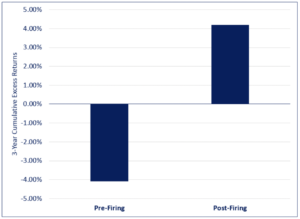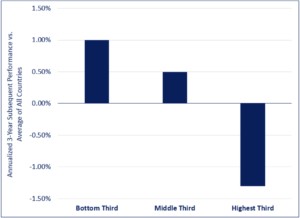My latest MoneySense Retired Money column looks at a recent spate of media articles proclaiming the “Death of Bonds.” You can find the full column by clicking on the highlighted headline: Do bonds still make sense for retirement savings?
One of these articles was written by the veteran journalist and author, Gordon Pape, writing to the national audience of the Globe & Mail newspaper. So you have to figure a lot of retirees took note of the article when Pape — who is in his 80s — said he was personally “getting out of bonds.”
One of the other pieces, via a YouTube video, was by financial planner Ed Rempel, who similarly pronounced the death of bonds going forward the next 30 years or so and made the case for raising risk tolerance and embracing stocks. The column also passes on the views of respected financial advisors like TriDelta Financial’s Matthew Ardrey and PWL Capital’s Benjamin Felix.
However, there’s no need for those with risk tolerance, whether retired or not, to dump all their fixed-income holdings. While it’s true aggregate bond funds have been in a de facto bear market, short-term bond ETFs have only negligible losses. And as Pape says, and I agree, new cash can be deployed into 1-year GICs, which are generally paying just a tad under 3% a year; or at most 2-year GICs, which pay a bit more, often more than 3%.
One could also “park” in treasury bills or ultra short term money market ETFs (one suggested by MoneySense ETF panelist Yves Rebetez is HFR: the Horizons Ultra-Short Term Investment Grade Bond ETF.) It’s expected that the Fed and the Bank of Canada will again raise interest rates this summer, and possibly repeat this a few more times through the balance of 2022. If you stagger short-term funds every three months or so, you can gradually start deploying money into 1-year GICs. Then a year later, assuming most of the interest rate hikes have occurred, you can consider extending term to 3-year or even 5-year GICs, or returning to short-term bond ETFs or possibly aggregate bond ETFs. Watch for the next instalment of the MoneySense ETF All-stars, which addresses some of these issues.
Some 1-year GICs pay close to 3% now
Here’s some GIC ideas from the column: Continue Reading…










